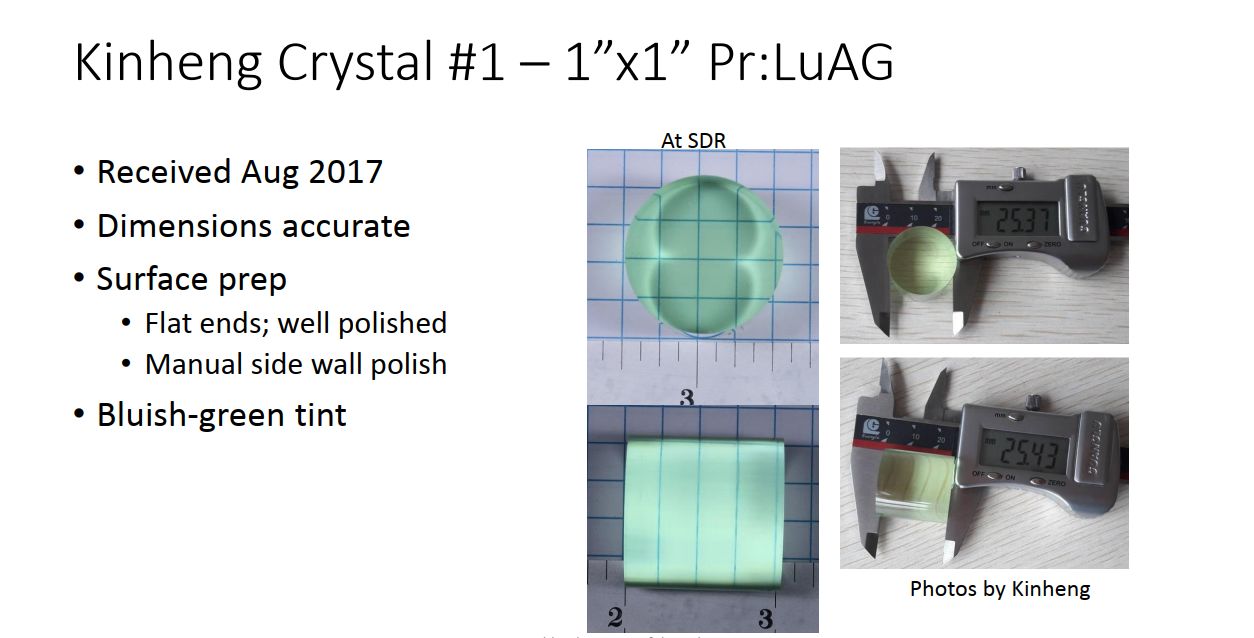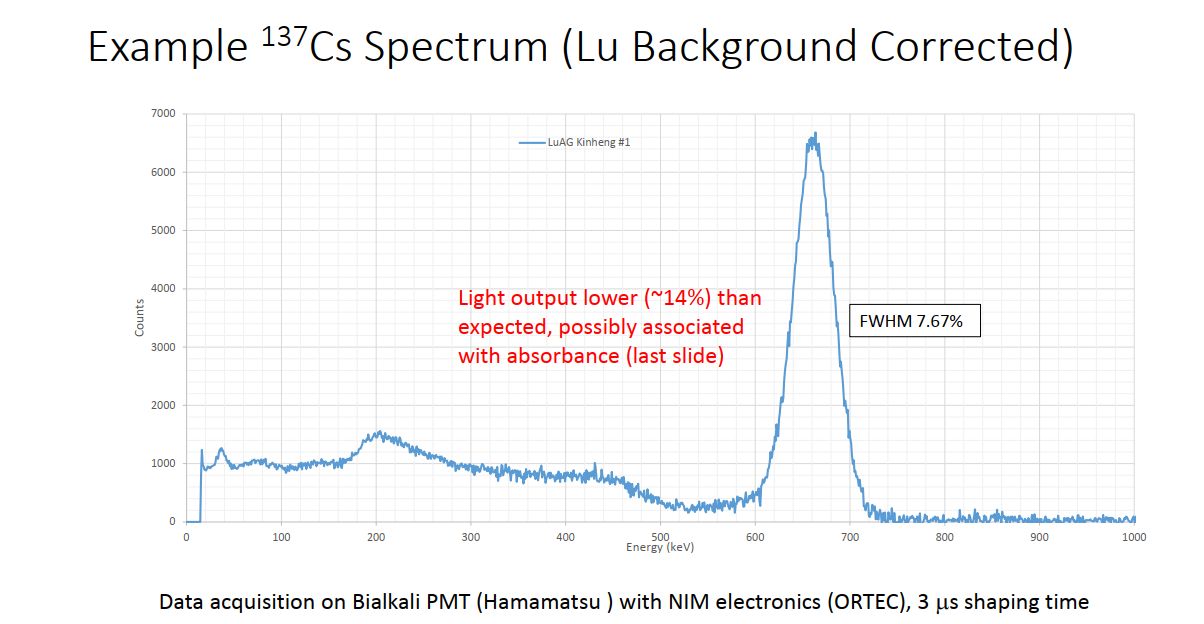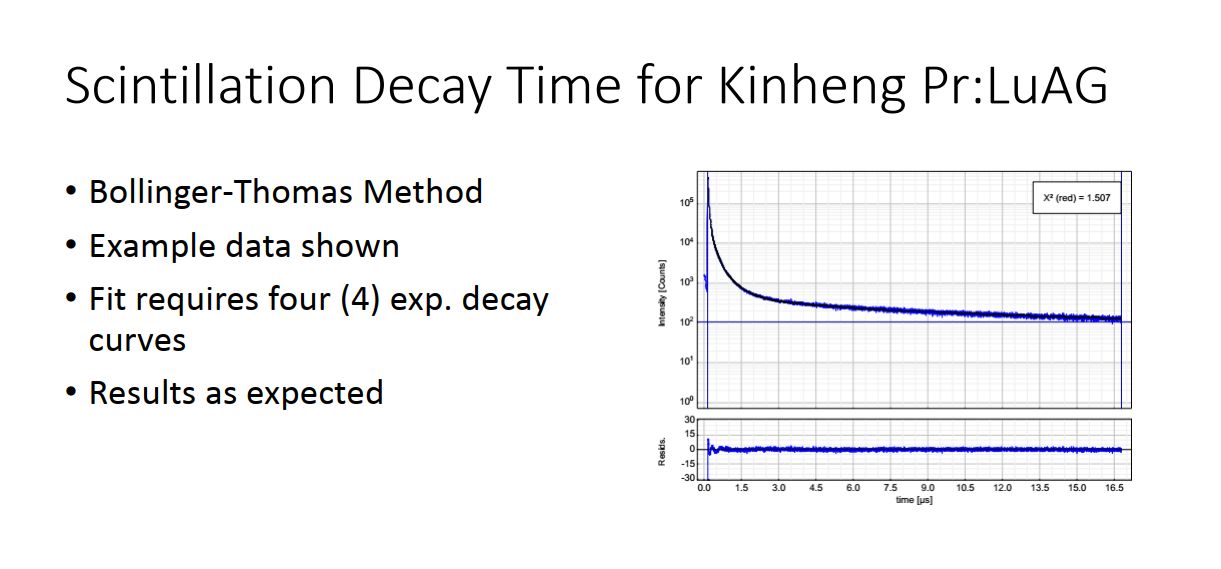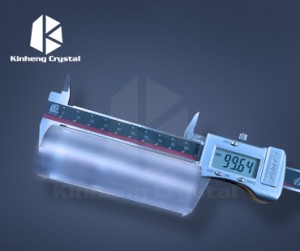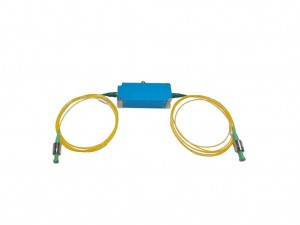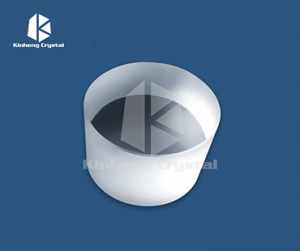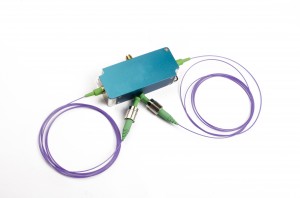LuAG:Pr Scintillator, Luag Pr Crystal, Luag Scintillator
Advantage
● Non-hygroscopic
● High temperature performance
● Fast decay time
● Mechanically robust characteristics
● Stable scintillating characteristics
● No cleavage planes, can be easy machined into various shapes and geometries
Application
● Fast particle imaging
● Positron Emission Tomography (PET)
● Oil logging
● PEM Industrial Field
Properties
| Crystal System |
Cubic |
| Density(g/cm3) |
6.7 |
| Atomic Number (Effective) |
62.9 |
| Hardness (Mho) |
8 |
| Melting Point(ºC) |
2043 |
| Light Yield (photons/keV) |
20 |
| Energy Resolution(FWHM) |
≤5% |
| Decay Time(ns) |
≤20 |
| Center Wavelength(nm) |
310 |
| Refractive Index |
2.03@310 |
| Thermal Expansion Coefficient ( K⁻¹) |
8.8 x 10‾⁶ |
| Radiation Length(cm) |
1.41 |
Product Description
LuAG:Pr, or lutetium aluminum garnet doped with praseodymium, is another synthetic crystalline material with a cubic structure. It is also commonly used as a scintillation detector in various scientific applications, especially thermal neutron detection. LuAG:Pr has a high thermal neutron capture cross section, meaning it can efficiently convert thermal neutron radiation into light, making it a popular choice for thermal neutron detection in nuclear reactors and other nuclear energy-related applications. LuAG:Pr also has favorable scintillation properties with high light output and fast response time, making it useful in medical imaging, high-energy physics, and other fields that require precise and sensitive detection of radiation. Overall, LuAG:Pr is a multifunctional scintillation material with many applications in radiation detection and is a promising material for future research in this field.
LuAG:Pr scintillator crystals have the following issues which should be noted. They have a light emission which a is good part is above 500nm, a region where photomultipliers are less sensitive and It`s intrinsically radioactive making it unacceptable for some applications. They are susceptible to radiation damage, starting with doses between 1 and 10 Gray (10² - 10³ rad). Reversible with time or annealing.
Performance Testing
